Such a different Soviet interior style
Rough, hard wallpaper on the walls, creaking parquet and plain furniture sets are the interior details that most try to irretrievably throw out of the house. But there are people who are interested in home improvement in this historical period. They even draw inspiration to create a modern setting by looking at photos of the apartments of those days.

For some people, this design is like
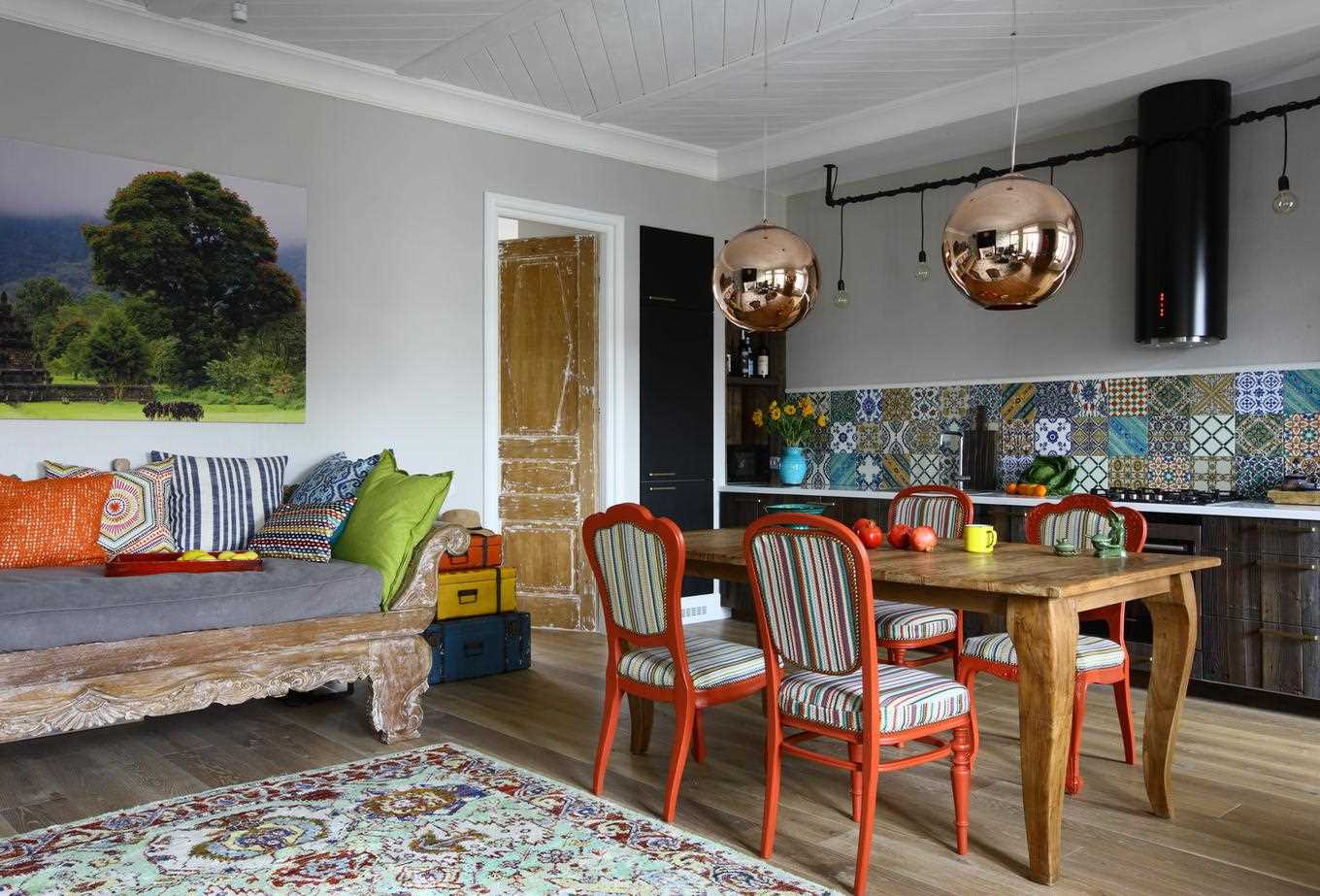
Soviet interior is not very popular

Most people only dream of getting rid of things that are already many years old.
Content
- 1 Russian style. Interior and life in the first decades of the USSR
- 2 Post-war Soviet interior of the 40s
- 3 Soviet interior of the 50-60s
- 4 Soviet interior of the 70s
- 5 Outrageous in the Soviet interior
- 6 Carpets on the floor
- 7 Design of a modern apartment in the Soviet style
- 8 Conclusion
- 9 Video: Soviet design
- 10 50 photos of examples of design of apartments in the Soviet style:
Russian style. Interior and life in the first decades of the USSR
Along with such popular interior styles as baroque, modern, country, you can put the Russian style, which corresponds to the era of the USSR. Designers often call the Soviet interior style the pretentious word “kitsch”, which literally means “a base-stamped stamped object”. The beginning of the formation of such a room environment began in the 1920s and has not yet ended for one simple reason: people who are born and have lived most of their lives in the union cannot accept changes and furnish their home (refrain from alterations), imitating culture of the times of Brezhnev, Khrushchev.
In the first years after the change of power from imperial to Soviet, people had no time for re-gluing wallpapers and rearranging furniture. Urbanization began to take place in large numbers, housing shortages became acute. But the authorities, having no funds for the construction of new houses, decided in a different way - to turn the former wealthy houses of the bourgeoisie into hostels, which to this day are referred to as "communal apartments." Their main feature was the availability of a common bathroom, kitchen and a corridor. In each of the living rooms, sometimes 5-7 people were located.

This design can be modernized without any problems.

Some people who lived during the Soviet era did not dare to somehow change their housing
Post-war Soviet interior of the 40s
Military operations in the territory of the former USSR left a mark not only in the memory of people, but also in their everyday life. Lack of money, hunger forced people to give up excesses, the interior of apartments of the post-war period was more than modest.

In these apartments, mostly used cheap furniture

Some simply did not have enough money to furnish an apartment

The design is gradually changing
Soviet interior of the 50-60s
The style of the 50-60s in the interior design of Soviet apartments is very different from the situation of previous decades: the population came to their senses after the military destruction and their consequences. Modern designers classify this period as a "multifaceted retro", which is strikingly different from Soviet minimalism. Typical of the housing situation of this period are the following elements and solutions.
- A large amount of light - in place of the massive, cumbersome and frighteningly dark curtains came light, translucent curtains. Artificial lighting went beyond “just a lamp under the ceiling”, classic cascading chandeliers began to be supplemented by wall sconces, floor lamps, and table lamps.
- The brightness of the flowers - rich green soft corners, lemon-yellow curtains and other original decor of unusual shades turned Soviet housing into a mini-design studio.
- Multifunctional furniture (sofa-couch, chair-bed, folding table) complemented the interiors of that time due to lack of living space.
The only thing that did not express the Soviet interior of the 50-60s against the background of the modern one was banal striped wallpaper or a flower. The upholstery of the furniture, except for the bright color, did not express itself against the general background. To diversify and decorate the interior helped textiles. Plain canvases and ornamental fabrics were fashionable at that time. Even today, in the apartments of people whose youth passed in the 60s of the last century, one can find bedspreads with such ornaments: floral motifs, geometric patterns, simple decoration of the canvas in the form of a chessboard, Christmas trees, squares.

In those days, the design was boring and plain

Some people still have not updated their apartments
Soviet interior of the 70s
It may seem to the younger generation that in the USSR, regardless of the decade (40s, 50s, 70s), everything in the houses was the same. But, people who lived in Soviet times, well remember the smallest details of the interior. In the 70s of the last century, a breakthrough in architecture occurred - Brezhnevka houses began to be built in cities, having at least 9 floors, equipped with comfortable novelties - a garbage chute and an elevator. The authors of the idea themselves called the apartments in such buildings an improved version of the "Khrushchev".
Apartments built in the 70s have from 1 to 5 rooms, low ceilings and a cramped kitchen (7-9 sq.m.). You can partially familiarize yourself with the interior of Brezhnevok when watching the film “Moscow Does Not Believe in Tears”: bleached ceilings, wallpaper with a geometric pattern or stripes in light brown on the walls, and birch parquet on the floor. The living room stop is simple - there is a “wall” made of chipboard near one wall, a sofa and two armchairs are opposite it, next to it is a coffee table or a polished table, which is laid out on holidays. The bedroom also had a sofa, dressing table and bulky wardrobe.

In the 70s, they began to build houses

Uncomplicated living room - there is a “wall” of chipboard near one wall, and a sofa opposite

The bedroom also had a sofa, dressing table and bulky wardrobe
Carpets must hang on the walls in the interiors of the 70s, fish should be in the sideboard (the same blue ones that are still kept by some people), and under the ceiling a three-tier chandelier with “crystal-like” hangings (from banal plastic) sparkles . The walls in the apartments of the era of the 70s, and in the 80s are decorated with calendars, posters depicting Soviet artists.

In those days, everything was plain and boring.

Calendars and posters were usually hung on the walls.
Outrageous in the Soviet interior
Many items produced in the Soviet period will be found only in abandoned attics or in rare collections. But not only household items cause surprise or laughter on the faces of young people living in the 21st century. A lot of what once seemed fashionable and beautiful to people today is called the popular word "shocking". There are 5 objects that cause the greatest surprise on the faces of the younger generation.
The first thing that catches your eye when viewing photographs of the period of the USSR is the carpets on the walls, which rightfully lead in the rating “Soviet outrageous”. The canvas depicting deer, still lifes was used for decorative purposes and ... to save wallpaper. Cold walls (the role of the heat insulator) and noisy neighbors (the role of the sound insulator) also became the reason for the original decoration.

Soviet design in youth causes laughter or surprise

Soviet design can be modernized

There are many obscure things in this design.
The second place of honor in the rating of shocking items of the Soviet era was a sewing machine with foot drives, which serves as an “assistant” in needlework and a place to store shoes. A tablecloth was usually laid over it, after which the device turned into a desktop. The third subject that can surprise today's schoolchildren is a television set or a leg-mounted radiol (like a stool).
The fourth position of the rating deservedly goes to openwork napkins, which covered not only the table, chairs, but also the previously mentioned television and radio.Since the 30s of the last century, openwork, often home-made decoration, has been used as decor for pillows, top cabinets and sideboards. The cupboard closes the five or, as it is also called, the “sideboard”. This piece of furniture served as a place to store dinner sets produced by the Leningrad Porcelain Factory (or other holiday utensils), family photographs, sometimes money. Such things were stacked in the upper part of the sideboard with glass inserts in the doors - so that everyone could see the “wealth” of the family, in the lower part of the sideboard, towels, clothes and other valuables (for example, the forbidden Bible or cans with cucumbers) were hidden behind wooden doors.

The walls were usually decorated with paintings, calendars or posters.

Wallpaper was usually striped or in flower
Carpets on the floor
When the phrase “carpet in the USSR” is mentioned, it is just the wall garment that is recalled, but floor carpets were no less popular in the Soviet period. Why was their popularity at its peak in the 50-80s of the last century? Yes, simply because they were expensive, and if the family could afford to buy a carpet, it means that it is prosperous and lives in abundance.
Often bought such carpets.
- Pile wool made in Turkmenistan. The basis of the ornament of Turkmen carpets is “gel” (rhombuses, squares, polygons).
- Pile or lint-free products of Armenian production. The main motive of such carpets is a lotus flower with unfolded petals.
- Silk pile carpets made in Azerbaijan. They are distinguished by unique geometric ornaments, the most popular types of "Kazakh", "Shirvan", "Cuba".
In addition to the products of Central Asian production, carpets made at Vneshpoststorg factory (jacquard products with a half-woolen pile), Obukhov carpet factory (two-sheet pile rugs), and the Almaty carpet factory (4-color bar mats, smooth bar tracks) were popular in the USSR.

Pictures were usually stored in wall cabinets.
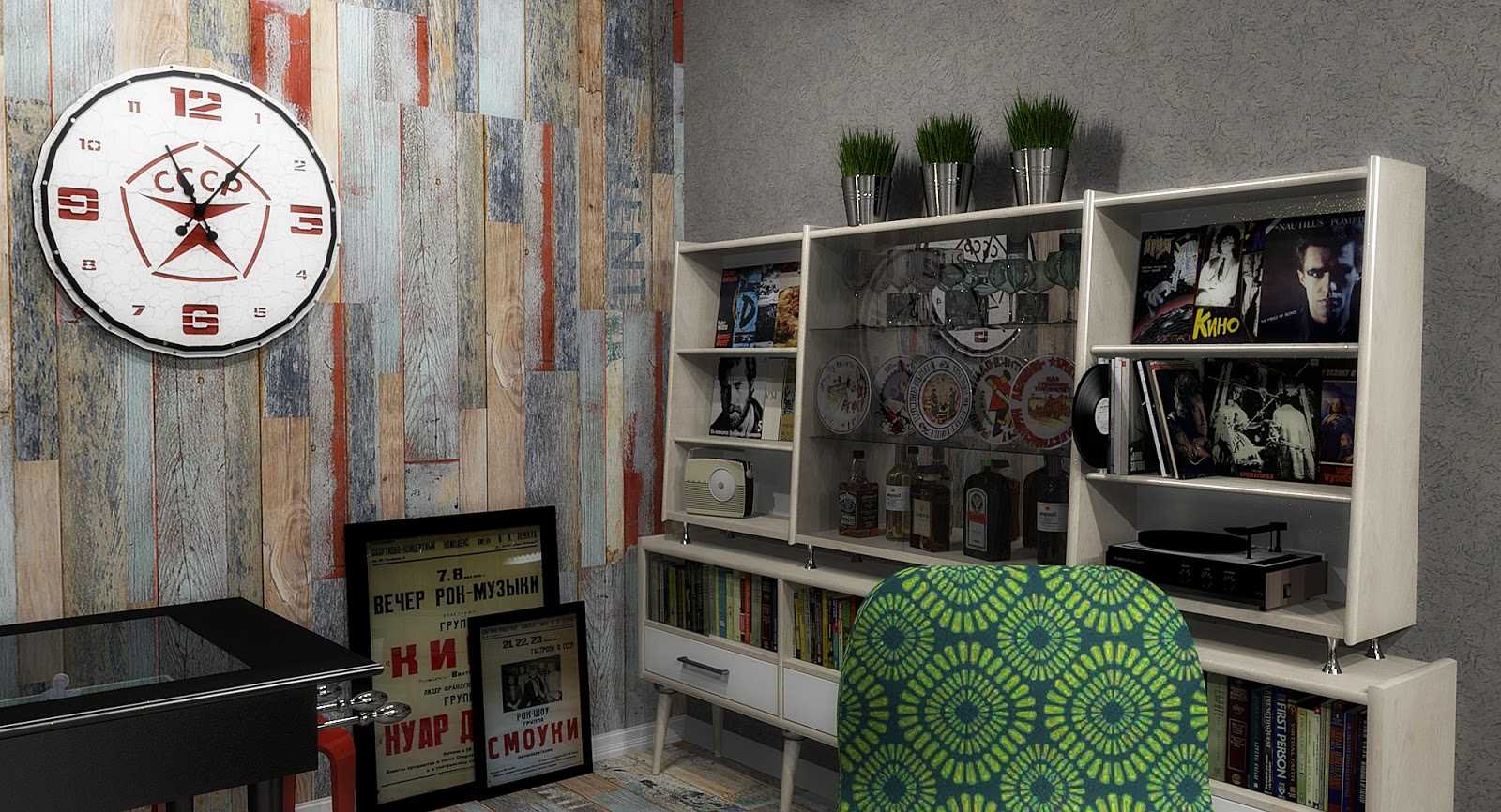
In sideboards and cupboards usually put the main attractions of the family

Usually the Soviet design was boring and plain
Design of a modern apartment in the Soviet style
Country, Provence, Art Nouveau - these styles are fed up with people who love unusual experiments. The Soviet interior in a modern interpretation is elaborate and original. In one of the rooms or in the whole house you can create the atmosphere of the USSR period of various years. The color matching chart will help with this.
|
Main color |
Complementary colors |
Contrast |
|
Green |
Brown white |
Pink red |
|
Blue |
White Red |
Orange yellow |
|
Light brown |
Olive, Red, Green, Burgundy |
Blue |
|
White |
Purple, golden |
Violet |
|
Gray |
Blue, Blue, White, Beige |
Red Green |

Soviet design can be modernized without any problems
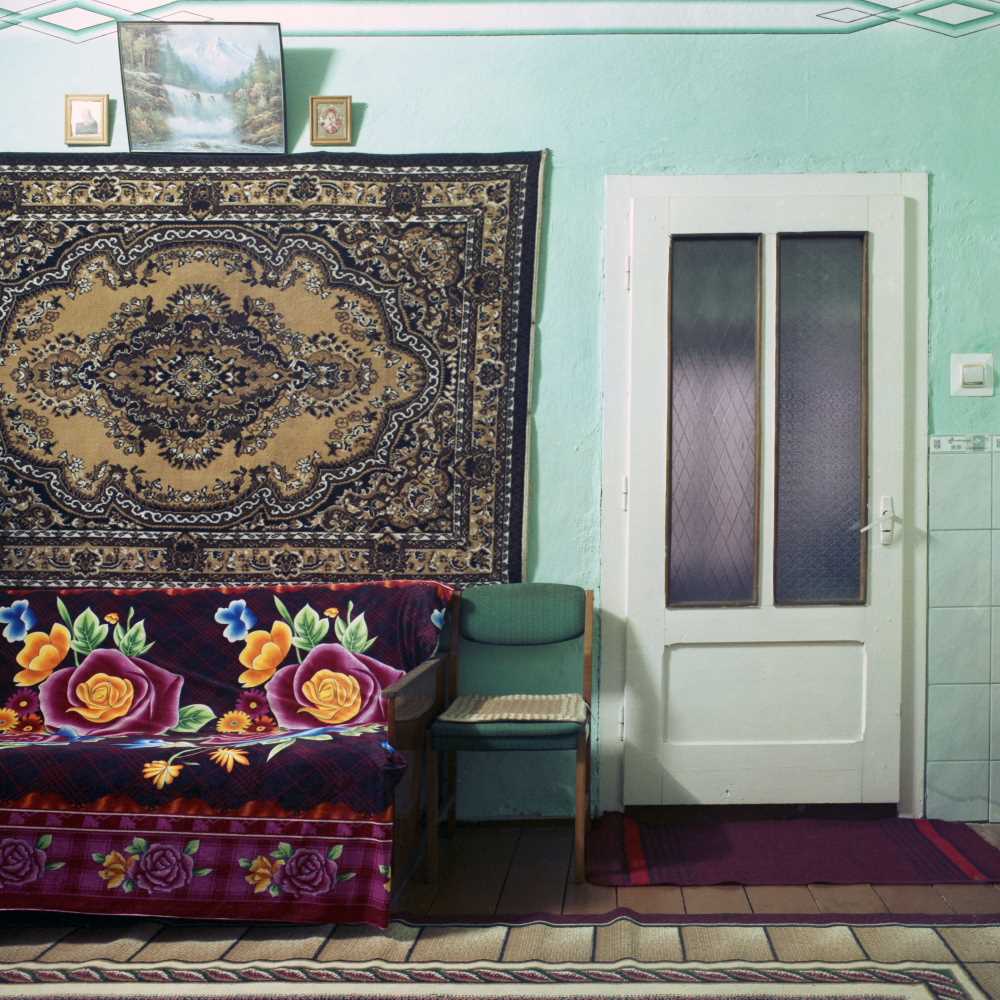
Carpets were usually hung on the walls.
Conclusion
History, whatever it is, is the foundation of the present. In the USSR, people designed their homes as far as financial capabilities, then fashion. Today, Soviet interiors are considered a relic of the past, but it is likely that the fashion for floral wallpaper, bright sofas and colorful carpets on the walls will return.
Video: Soviet design


















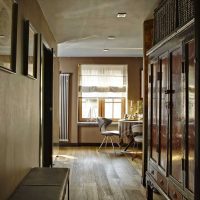
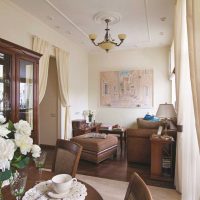


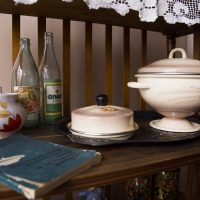


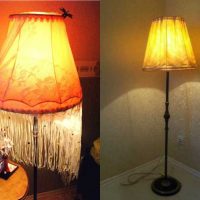















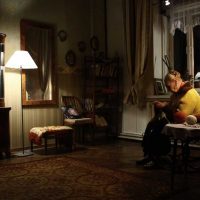
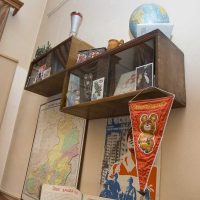


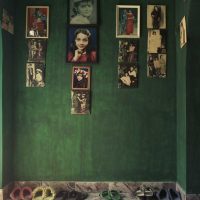
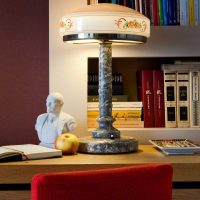

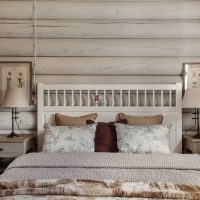















Ugliness - modern cabinets without legs from a terrible and harmful chipboard, and Soviet furniture is wooden and quite original, and the carpet can only be left on the floor